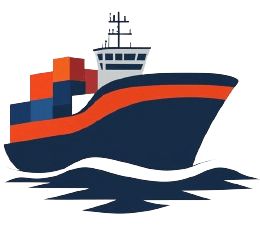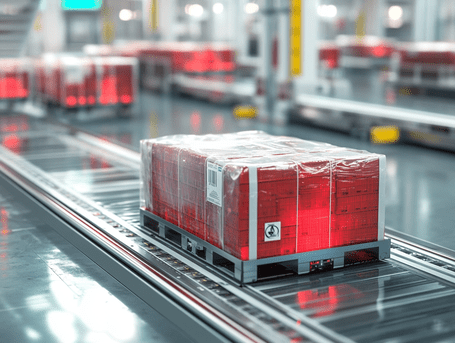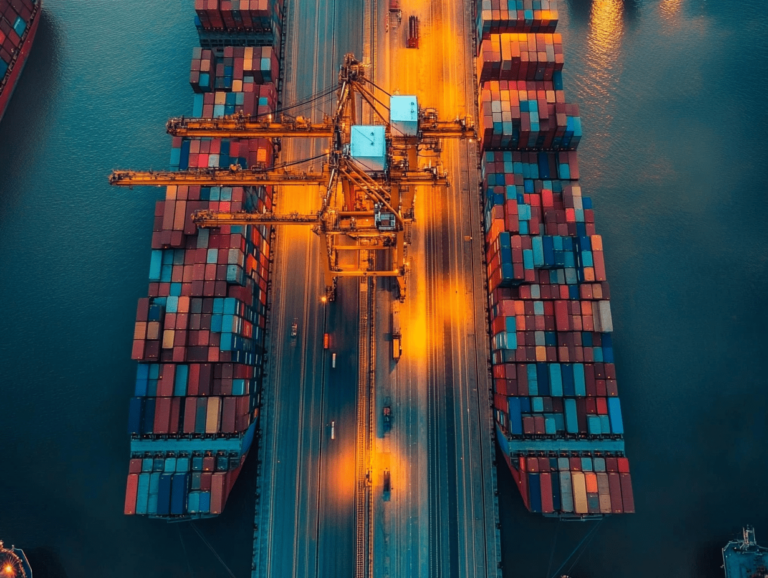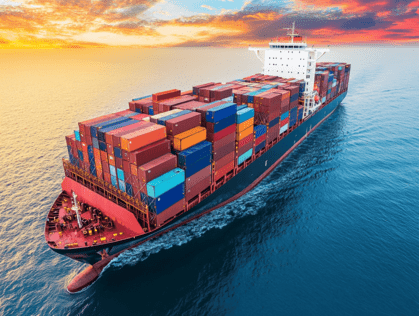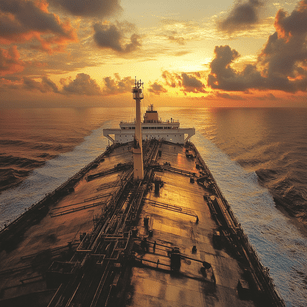High-Resolution Cargo Scanning vs. Low-Resolution Scanning
| Criteria | High-Resolution Cargo Scanning | Low-Resolution Scanning |
|---|---|---|
| Definition | Uses advanced technology to capture detailed images and data of cargo, offering finer granularity. | Uses basic scanning technology with less detail and granularity in captured images and data. |
| Image Quality | Produces high-quality, detailed images that allow for better identification and analysis of contents. | Produces lower quality images, which may not clearly reveal all contents, especially finer details. |
| Detection Capabilities | Superior detection capabilities, able to identify smaller and more concealed items within cargo. | Limited detection capabilities, potentially missing smaller or well-concealed items. |
| Operational Speed | Scanning may take longer due to higher resolution and data processing requirements. | Generally faster due to lower data processing demands. |
| Cost | Higher cost due to advanced imaging technology and processing power required. | Lower cost, utilizing simpler and less expensive technology. |
| Maintenance and Upkeep | Higher maintenance costs and needs due to the complexity of the technology. | Lower maintenance costs and less complex technology. |
| Training Requirements | Requires more specialized training for operators to interpret the detailed images accurately. | Requires basic training for operation and image interpretation. |
| Utility in Threat Detection | Highly effective in threat detection, providing detailed views that aid in identifying threats. | Less effective, with a higher chance of missing threats due to lower image quality. |
| Impact on Throughput | Can slow down throughput due to detailed scanning processes. | Less impact on throughput, allowing faster processing of cargo. |
| Integration with Other Systems | Requires integration with sophisticated data systems for analysis and storage of detailed images. | Easier to integrate with standard systems due to simpler data requirements. |
| Scalability | Scalable in high-security environments where detail and accuracy are paramount. | More scalable in environments where speed and cost are more critical than detail. |
| Environmental Impact | Higher energy consumption due to more intense scanning processes. | Lower energy consumption due to less intensive scanning technology. |
| Reliability | Highly reliable in identifying and detailing contents, with a lower risk of false negatives. | Less reliable, with a higher risk of false negatives due to less detailed imaging. |
| Flexibility | Adaptable to various types of cargo, particularly valuable in high-risk scenarios. | Best suited for routine scans where high detail is not critical. |
| Use Cases | Ideal for sensitive or high-security areas such as airports, border security, and premium logistics services. | Suitable for general cargo scanning in less sensitive environments, like routine industrial shipments. |
| Technology Used | Utilizes technologies like X-ray CT, high-frequency ultrasound, and advanced photonic systems. | Typically uses basic X-ray and conventional ultrasound systems. |
| Data Handling | Requires advanced data handling capabilities to manage and analyze large volumes of high-resolution images. | Less demanding on data handling infrastructure. |
| Customer Satisfaction | Higher customer satisfaction in contexts requiring detailed scrutiny and security assurances. | Satisfactory in contexts where speed and cost are prioritized over detailed scrutiny. |
| Regulatory Compliance | Often necessary to meet higher regulatory or compliance standards for safety and security. | Meets basic regulatory standards but may not suffice for high-compliance areas. |
High-resolution cargo scanning offers unparalleled detail and detection capabilities, ideal for high-security and sensitive environments, though it comes with higher costs and slower processing speeds. In contrast, low-resolution scanning is cost-effective and faster, suitable for less critical scanning needs where speed and cost efficiency are prioritized over fine detail.
